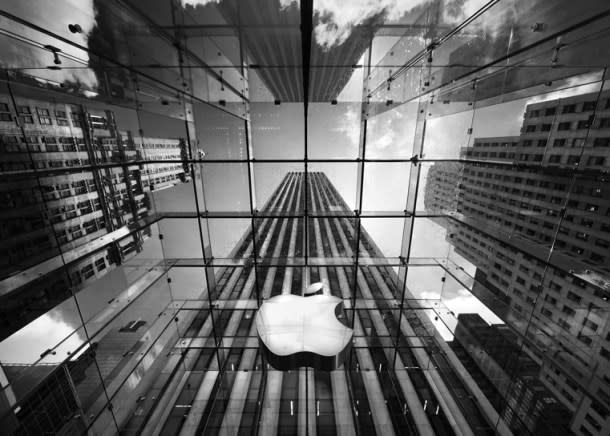Apple’s cash hoard: Focus turns to innovation

Apple’s cash hoard is legendary. It has more than $141 billion in cash and marketable securities, the largest of any technology company in the world. While a good chunk of that cash will benefit shareholders thanks to dividends and buybacks, Apple’s board may want to seriously think about acquiring some companies, both public and non-public, in order to keep the innovation engine humming.
[More from BGR: Buying a Retina iPad mini this year might be a bad idea]
On Apple’s latest earnings call, CEO Tim Cook hinted that acquisitions would be a part of Apple’s future. “We will review our cash allocation strategy each year, and we will continue to invest confidently in the business to bring great new products to market, strategically deploy capital in our supply chain, our retail stores and our infrastructure, and make acquisitions to expand our capabilities,” Cook said. “We will be disciplined in what we do, but we will not underinvest.”
[More from BGR: SNL mocks Google Glass as a device for hapless dorks]
Recent comments by Cook suggest that Apple is trying to become more of a software and services company than it’s been given credit for. On the earnings call, he referenced “some amazing new hardware, software, and service” that Apple has in the pipeline. In the past, Apple made reference to new products, which most believed to be hardware. That thought process seems to be changing.
As the software and services segment gets more attention, names like Twitter, Netflix and others immediately come to mind. Though I don’t think those two are likely to happen, Apple’s board of directors shouldn’t just dismiss those potential targets.
One area where I see Apple expanding is content, as it tries to bring an Apple branded TV to market. A company such as AMC Networks is big enough to capture people’s attention, but not something that would break the bank. At a recent market cap of just over $4.5 billion and with hit programs such as Breaking Bad, The Walking Dead and Mad Men, that’s a significant amount of exclusive content that would make an Apple-branded television attractive. AMC isn’t saddled with a lot of debt (just over $2 billion), though it is expensive on an Enterprise Value/EBITDA metric, at 13.5 times EBITDA (Earnings Before Interest, Taxes, Depreciation and Amortization).
Another potential content acquisition target is Hulu. Hulu has been positioned as a competitor to Netflix, but the problem with Hulu is it has multiple owners, Walt Disney and News Corp. Hulu has recently been mentioned as an acquisition target by The Chernin Group for $500 million, so it’s worth it for Apple to keep an eye on this situation if it wishes to expand its content offerings.
It’s not in Apple’s DNA to make a big splash with acquisitions. Recent acquisitions including AuthenTec, Siri, P.A. Sami, Anobit and others have all been relatively small when compared to Apple’s balance sheet. These aren’t $1 billion plus deals that expand beyond Apple’s core capabilities (iPhone, iPad, Mac), but Apple could be heading in that direction.
Spotify is another interesting name that Apple could look at for juicing its software and services revenue. Spotify has a subscription model, whereas iTunes currently does not (there are rumors Apple will launch iRadio later this year to compete with Spotify and Pandora). Spotify allows you to share playlists with friends and could bring some new life to iTunes, which is seen as a stodgy and old music service despite continue growth. Spotify is also based in Sweden, which would allow Apple to use its near $100 billion in off-shore cash, and not worry about paying a repatriation tax.
The Cupertino, Calif.-based Apple recently raised $17 billion in debt as part of a plan to return $100 billion in cash to shareholders as part of an increased dividend and share buyback program over the next three years. That still leaves Apple with more cash than it needs to run its business, and acquisitions will eventually happen.
This article was originally published on BGR.com
